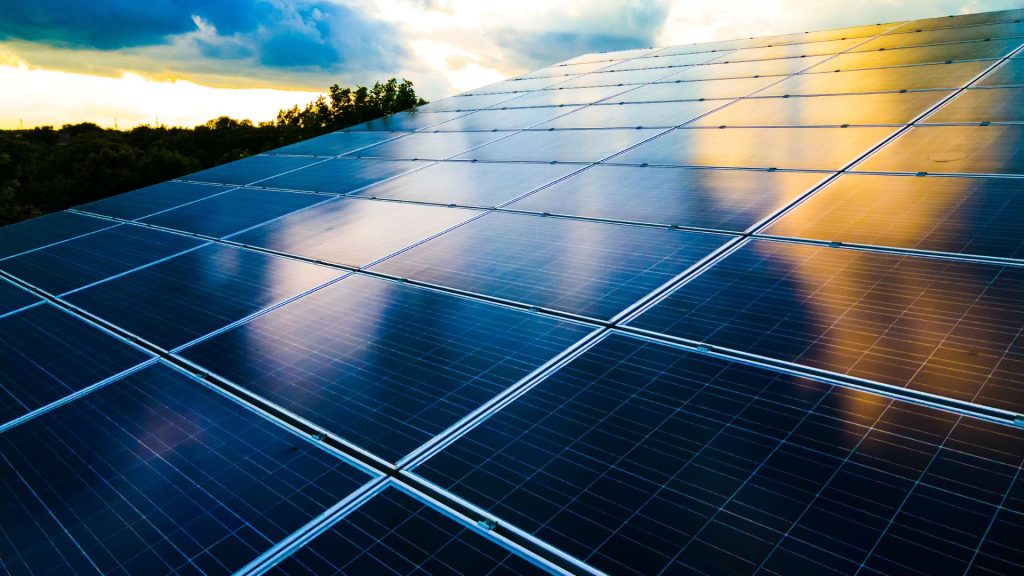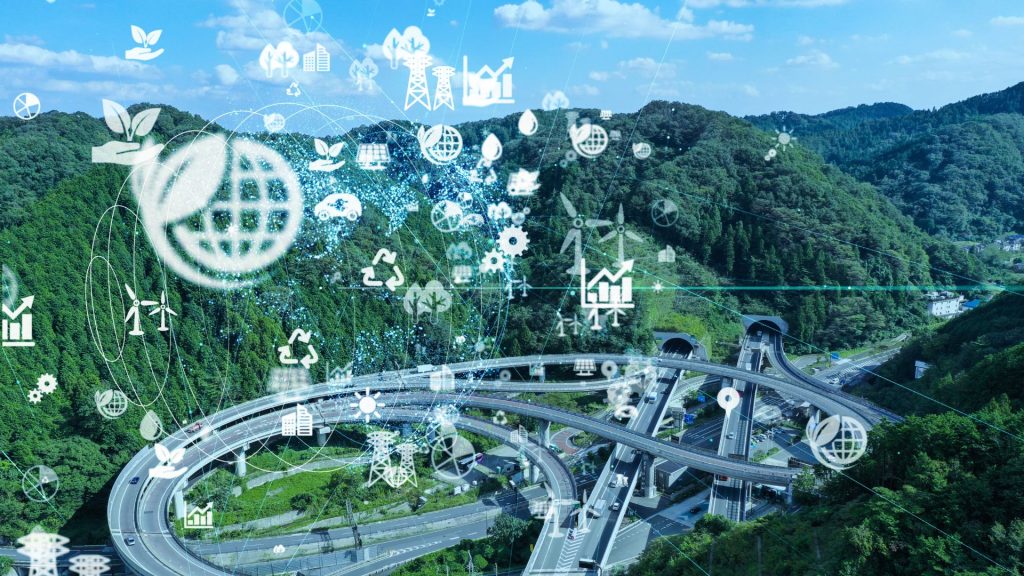By: Ariel Malik
Smart grid systems are the key to a full transition to renewable energy. Traditional electricity grids struggle to accommodate the fluctuating nature of green energy production. This is where smart grids come into play, leveraging advanced technologies such as artificial intelligence (AI) and real-time data analytics to optimize energy distribution.
What Are Smart Grids?
“A smart grid is not just a system that distributes electricity—it intelligently manages it,” explains Ariel Malik. “It analyzes production and consumption data, detects faults in real-time, and facilitates the seamless integration of renewable energy sources.”
Unlike traditional grids, smart grids can efficiently integrate diverse energy sources such as solar, wind, and battery storage.

How AI Enhances Smart Grid Efficiency
“Artificial intelligence is the true revolution in the energy sector,” Malik emphasizes. “AI-driven systems learn consumption patterns and optimize energy distribution, preventing overloads and minimizing energy losses.”
For example, in Europe, AI-powered smart grids already use weather forecasts and demand predictions to efficiently allocate energy resources.
Key Benefits of Smart Grid Systems
✅ Improved energy efficiency
✅ Reduced electricity waste
✅ Better integration of renewable energy sources
✅ Predictive maintenance and fewer disruptions
Conclusion
The widespread adoption of smart grid systems will allow us to maximize the benefits of green energy while reducing dependence on fossil fuels. “Smart grids are not the future—they are already the present, and they will continue to evolve rapidly,” concludes Ariel Malik.
Google+
